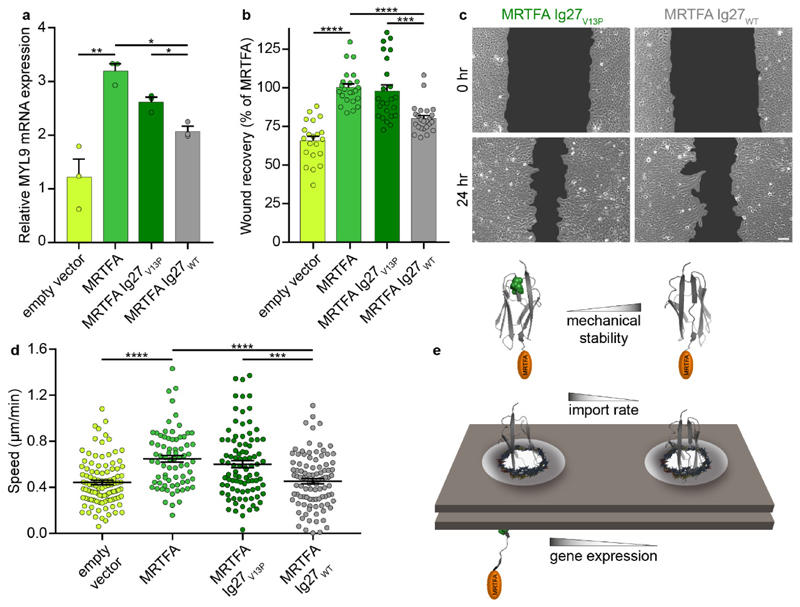Figure. 4. Mechanically-stable MRTFA constructs downregulate gene expression and cellular motility.
(a) Real-time quantitative PCR in U2OS cells stably expressing a GFP empty vector, MRTFA-GFP, MRTFA-Ig27WT-GFP or MRTFA-Ig27V13P-GFP, 4 hours after serum stimulation. MYL9 gene expression is significantly increased when MRTFA is tagged with the mechanically-labile Ig27V13P domain compared to the mechanically-stable I27WT. Data are from three independent experiments, bars show mean ± s.e.m. (b) Wound-healing assays on U2OS stable cell lines show that wound healing is significantly slower in cells expressing MRTFA-Ig27WT-GFP compared to MRTFA-Ig27V13P-GFP. Data are from three independent experiments (GFP empty vector, n = 21; MRTFA-GFP, n = 23; MRTFA-Ig27V13P-GFP, n = 24; MRTFA-Ig27WT-GFP, n = 24), bars show mean ± s.e.m. (c) Representative bright-field images of wound healing of MRTFA-Ig27V13P-GFP and MRTFA-Ig27WT-GFP stable cell lines. 100 μm scale bar. (d) Motility assays of MDA-MB-231 cells showing that the migration speed of cells transfected with MRTFA-Ig27V13P-GFP is significantly higher than those transfected with MRTFA-Ig27WT-GFP. Data are from three independent experiments (GFP empty vector, n = 101; MRTFA-GFP, n = 74; MRTFA-Ig27V13P-GFP, n = 92; MRTFA-Ig27WT-GFP, n = 98), bars show mean ± s.e.m. All statistical tests are two-tailed t-tests, * P ≤ 0.05, ** P ≤ 0.01, *** P ≤ 0.001, and **** P ≤ 0.0001. (e) Schematic representation of the proposed nuclear import mechanism by which the mechanical properties of the translocating protein regulate their nuclear shuttling dynamics.

